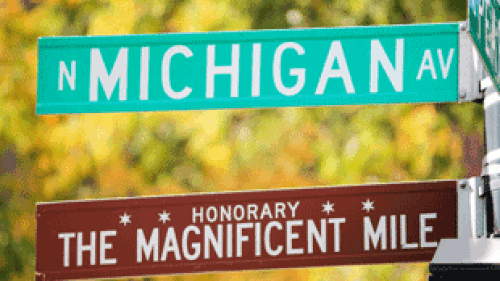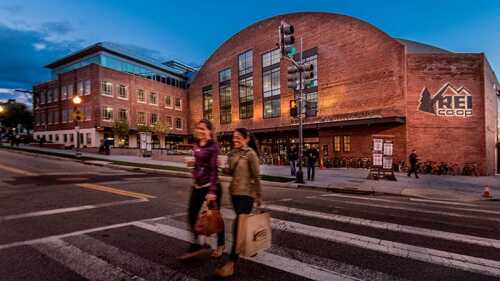 Trading Up: Dining, Leisure, Amenities, and the New Shopping Centreis the second report from the ULI Retail and Entertainment Council to look at the role that food and beverage (F&B) and leisure have in supporting shopping centers as they adapt to retail sales moving online. This year, the research extends that topic to consider how the addition of community amenities is also emerging among shopping center owners.
Trading Up: Dining, Leisure, Amenities, and the New Shopping Centreis the second report from the ULI Retail and Entertainment Council to look at the role that food and beverage (F&B) and leisure have in supporting shopping centers as they adapt to retail sales moving online. This year, the research extends that topic to consider how the addition of community amenities is also emerging among shopping center owners.
The report includes a quantitative analysis of a sample of shopping centers before and after additions of nonretail uses. The report also examines current trends in the industry through a survey of ULI members involved in the retail sector and interviews with retail experts.
This new report extends its discussion of nonretail uses by looking at the trend for including community amenities in the tenant mix, and also gets some insight into how shopping center owners are implementing this trend through a series of case studies from around the globe.
The research shows that size has become a major factor in how centres are reinventing themselves following the shift in sales online. Strategies for large and small centres are causing an increasing polarization, with the middle ground expected to lose out.
For larger centres, a good leisure and F&B mix is still considered a positive overall strategy to create destination centres, with a focus on experience through leisure and a generous provision of F&B. At the smaller end, for
neighbourhood centres, a move towards building identity through community uses is
much more on the agenda. Done well, this is expected to drive footfall and dwell time
through combining convenience shopping with uses such as medical centres and municipal
facilities through to dance schools and blood banks.
While these two approaches do not guarantee the future investment value of shopping centres – particularly since many uses are bringing in lower rents compared with retail uses – interviewees agreed that shopping centres are
most likely to be successful through adoption of these structural changes.
The results from a quantitative analysis of key performance indicators provided by shopping centre owners indicate that the shift towards incorporating nonretail uses is a positive one. Overall, there has been an increase in rental income for the study sample, as well as an increase in softer factors like footfall. A separation of retail sales results was not possible this year due to the nature of the information provided by owners, but combined
F&B and retail sales were up 6.9 percent across the centres.
The results of the survey also suggest that expectations of how nonretail uses contribute to the success of centres are increasing. Last year, respondents were focused on softer factors such as dwell time and footfall, which were ranked the highest in importance at 8.7 and 8.3, respectively, out of 10. This year they still ranked the highest, at 6 and 5.95, but almost equally important are supporting overall retail sales and rental income, at 5.89 and 5.63, respectively. This indicates that contribution to softer targets by nonretail uses is still welcomed but is no longer seen as enough.
While the move towards nonretail uses is viewed as a positive one, interviewees admitted that the transition has not been as easy as expected. F&B was in particular proving difficult to perfect in terms of size and tenant mix. Meanwhile, the limited number of leisure operators means that centres have a lack of options to choose from. Community amenities are providing a new range of potential uses, but, as these are a new trend, it is still too early to understand how they fit into supporting the bottom line of centres.
There is, however, consensus on who holds the power in today’s retail market: the consumer. The period has ended when the shopping centre owner alone decided what was best for consumers while maximizing income. Instead,
owners are still grappling with how to optimize their tenant mix in order to meet the demands of the ever-changing consumer and remain competitive.



